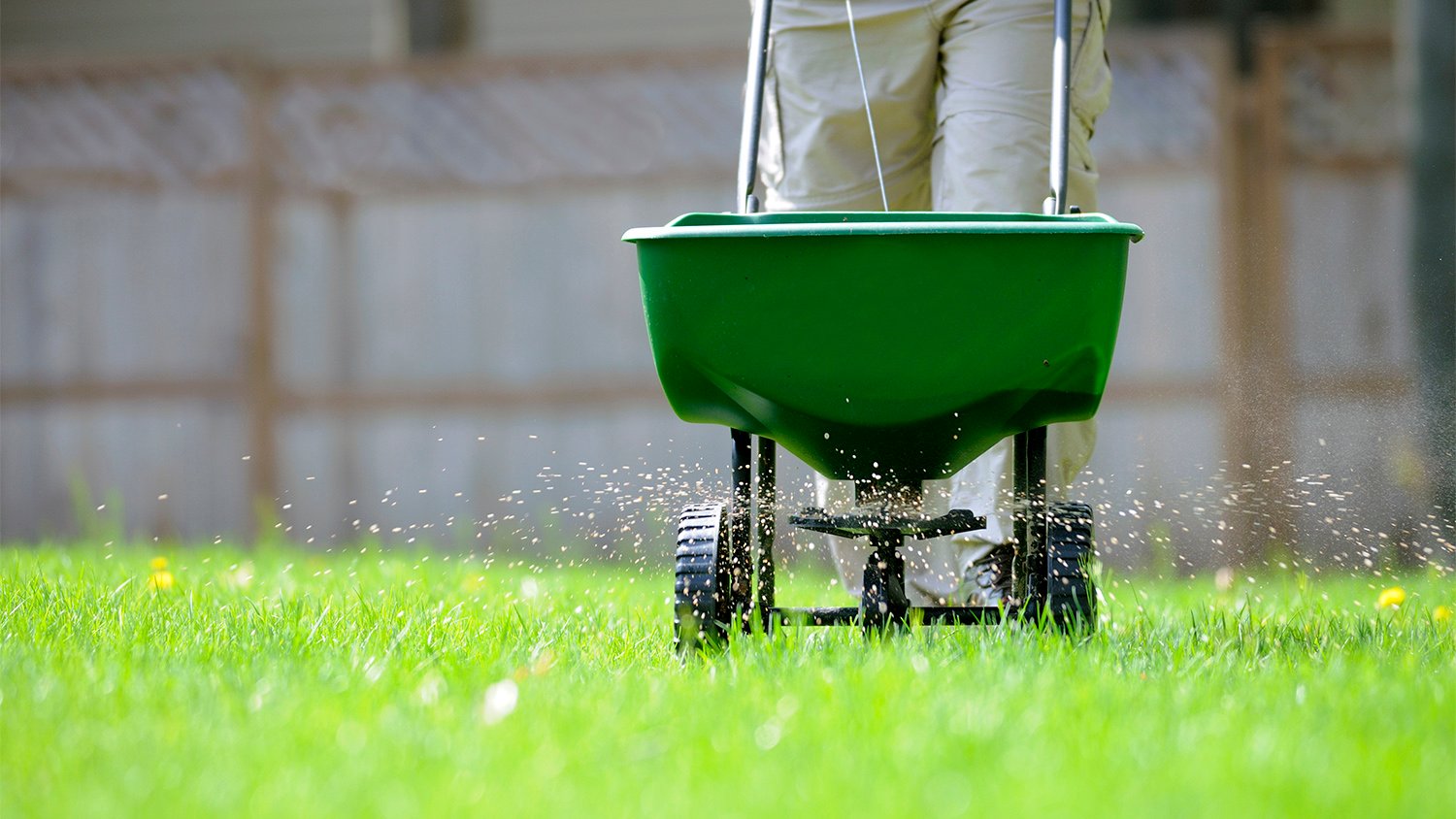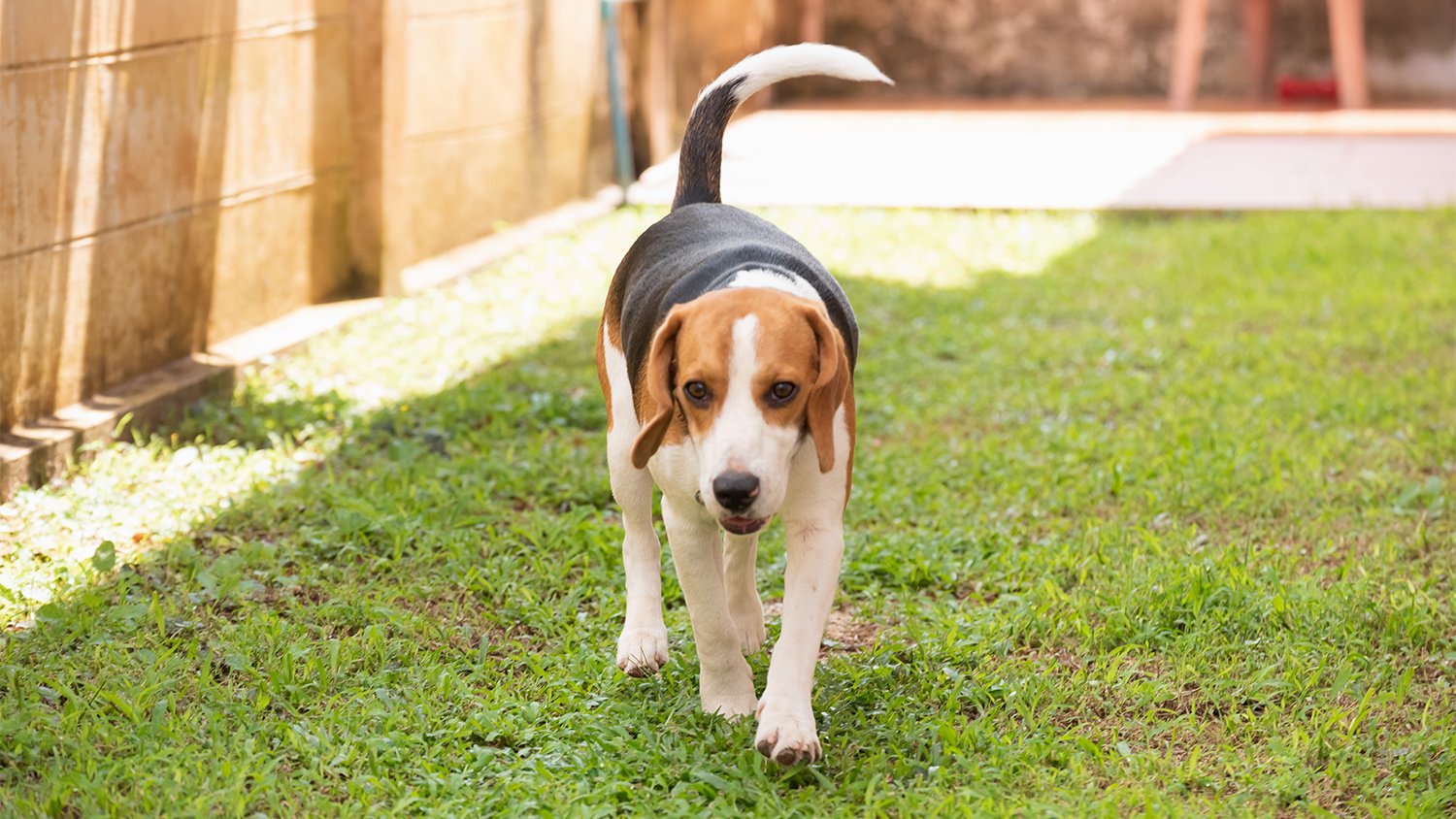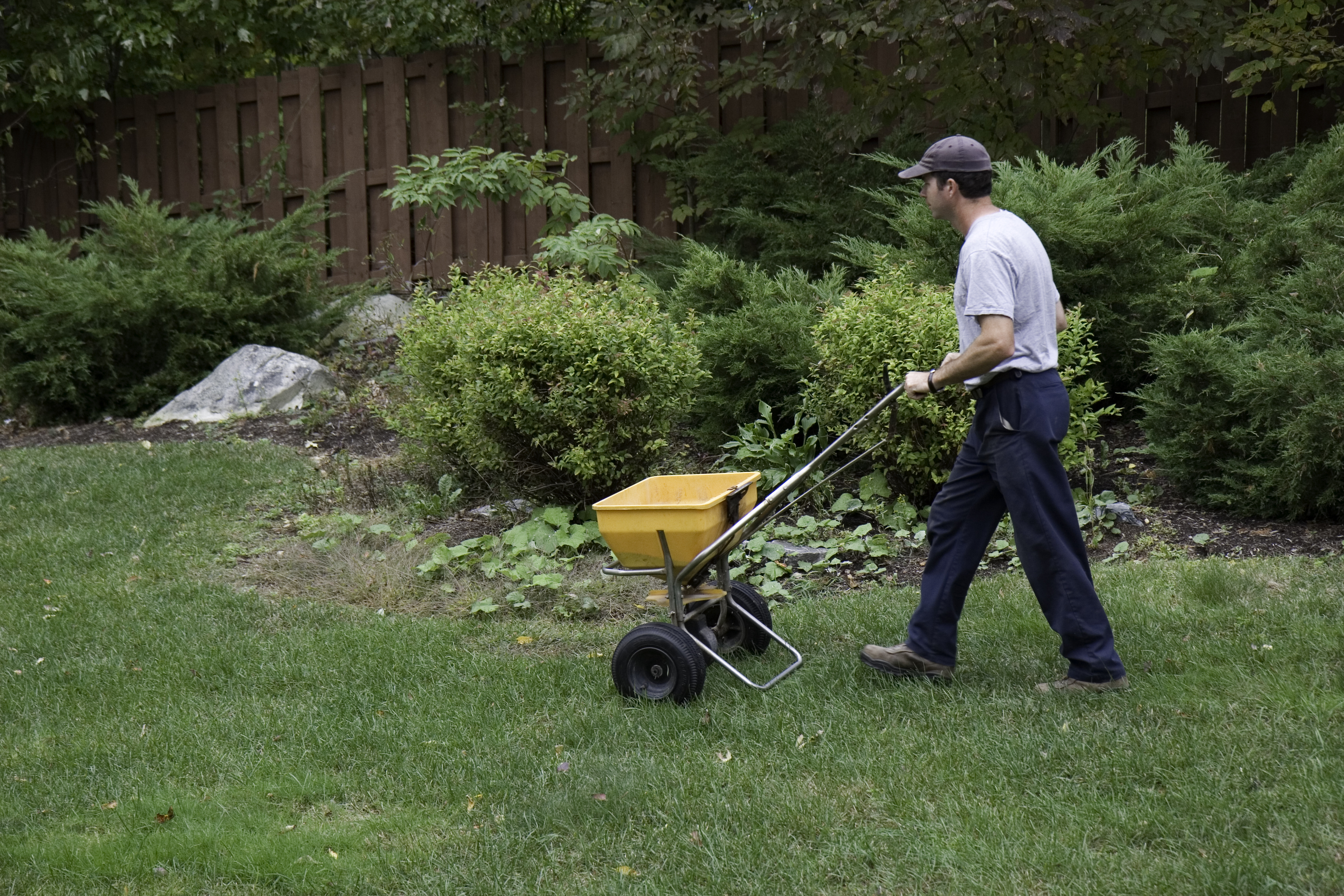
Discover the cost to fertilize your lawn, including average prices, key factors, and tips to help homeowners budget for a lush, healthy yard.
Don’t let brown patches take over your lawn


Brown patches can show up on your lawn if your grass doesn’t get enough sunlight.
Insect infestation can also lead to dead spots.
If the problem is pervasive, a lawn specialist can develop a treatment plan.
You’re surveying the pride and joy of your home—the yard—when you see it: a brown patch on the lawn. Don’t panic: There are several causes of unsightly brown patches that you can remedy with a few steps and help from a lawn treatment professional. Our guide can help you determine the cause of the brown patches and how to return your yard to mint condition.
For your grass to stay green, it needs regular sunshine to create photosynthesis. When oversized trees or pergolas cover your yard, it can become thin and weak, resulting in brown patches where the sun doesn’t hit.
Solution: If overgrown trees are to blame, consider trimming trees back a few times a year to ensure enough sun shines through. Otherwise, you may need to turn to lawn aeration or fertilization to boost the nutrient value of your lawn.
The wrong insects can wreak havoc on your soil and grass, leaving behind yellow or brown patches of grass. If you take meticulous care of your lawn and follow a watering, fertilizing, and mowing schedule but still see brown patches, common lawn insects may be to blame. Some insects may be visible, while others are harder to identify by sight alone.
Solution: The best option is to consult a lawn treatment specialist to identify an infestation and determine the best pest solution for your lawn to get back to a green state.
Fungus doesn’t just grow in petri dishes for science experiments—it can also grow in your yard and lead to diseases that lead to patches of dead grass. The top lawn diseases that cause brown patches include dollar spot, brown patch fungus, and rust.
Solution: Although treating and getting rid of these diseases may sound daunting, you can tackle them with the right treatment. In most cases, applying fungicide and properly aerating and watering your lawn can address the issue.

When it comes to fertilization, there can be too much of a good thing, which can cause brown patches of grass. Most fertilizers contain nitrogen, which helps give grass its green color. When you apply too much nitrogen to your lawn, it can damage the grass and result in dead spots.
Solution: Proper treatment techniques like avoiding application on hot days post-watering and measuring correctly work best to keep more brown patches from popping up.
Believe it or not, mowing your grass too short or too often can kill off your perfectly healthy yard, especially if your mower isn’t properly maintained. Overfilling the fuel and oil tanks can cause spillage that can lead to dead spots, as can refilling your fuel tank directly on your grass.
Solution: To avoid dead spots caused by your mower, sharpen your mower blades regularly so grass doesn’t shred due to dullness.
Without healthy soil, your grass won’t be able to grow long, green, and lush. It also won’t be able to withstand harsh conditions in extreme seasons like summer or winter. If your soil lacks key nutrients, it won’t be able to nourish your lawn as intended, which is where a soil test comes in.
Solution: A soil test can determine which nutrients are lacking so you can add them to your lawn and get your grass back to its natural state.
When winter rolls around and the sun starts setting early, it’s natural for your grass to become yellow and dormant to protect its roots and stay kicking. This process can happen gradually as the season progresses, but it can also be the result of a lack of moisture.
Solution: Try watering your yard a few times a week for about 20 minutes to see if it turns green again within a week. If it stays brown, it may be less dormant and more dead.

Yes, Fido and Milo’s frequent bathroom breaks can negatively impact your lawn, especially if they tend to urinate in the same spot every day. The high concentrations in their urine can burn the grass and eventually kill it.
Solution: Although it may seem tedious, the best way to prevent brown spots from urination is to hose off the spot after they relieve themselves or train them to go in a separate spot that won’t hinder the growth of your grass.
One of the most common reasons lawns turn brown-red is from the fungal disease Laetisaria fuciformis, also known as “red thread.” The fungus is caused by cool, humid conditions and appears as a reddish color on the blades of grass. Infected areas may show signs of thinning, making the grass a lighter color.
This disease happens during spring and fall seasons when cool and damp conditions are common. You can help prevent red thread outbreaks by maintaining your yard with good lawn care practices such as avoiding overwatering, aerating the lawn, and properly fertilizing it.
If the problem persists, you can hire a lawn treatment professional near you to help eradicate the fungus and turn your grass lush again.
From average costs to expert advice, get all the answers you need to get your job done.

Discover the cost to fertilize your lawn, including average prices, key factors, and tips to help homeowners budget for a lush, healthy yard.

Discover average lawn aeration cost, key price factors, and tips to save. Get a clear estimate for your yard and learn how to choose between DIY and hiring a pro.

Get transparent power seeding cost info to learn what impacts pricing, how to save, and whether to DIY or hire a pro for your lawn’s best results.

When your grass keeps dying where a tree used to be, it’s likely because there is a nutrient deficit in the soil in that area. Here’s how to fix it.

When it comes to drop spreaders versus broadcast spreaders, knowing the differences between them will help you make the right choice for your outdoor setup.

If you’re looking to apply fertilizer to your lawn, there are a few things you need to get right first. Make sure you’re ready to answer these lawn fertilizer questions before you start.